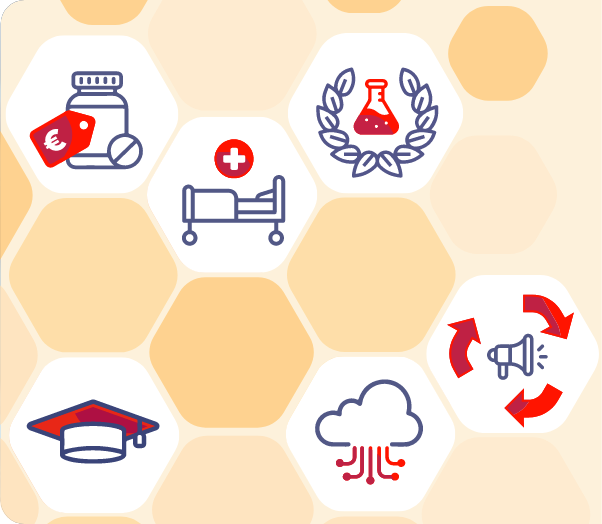The SARS-CoV-2 pandemic has a high burden of morbidity and mortality due to development of the acute respiratory distress syndrome (ARDS). The reninangiotensin-system (RAS) plays an important role in the development of ARDS, with ACE2 (angiotensin-converting enzyme 2) being a key enzyme within this. The virus's spike protein binds to ACE2, facillitating cellular internalization. Downregulation of ACE2 results in the excessive accumulation of angiotensin II, which in turn increases pulmonary vascular permeability through stimulation of the angiotensin II type 1a receptor (AT1R), thereby exacerbating lung pathology associated with decreased ACE2 activity. Currently available AT1R blockers (ARBs) such as valsartan, have shown potential to block this pathological process mediated by angiotensin II.
The Focus
The primary aim of the PRAETORIAN-COVID trial is to investigate the effect of the ARB valsartan compared to placebo on the composite end point of admission to an intensive care unit, mechanical ventilation, or death of COVID-19 patients.
The Research
Participants receiving active treatment are administered valsartan at a dosage titrated to blood pressure, with a maximum of 160 mg twice daily. Participants receiving placebo are provided with a matching placebo. The treatment duration was 14 days or until reaching the primary endpoint, or until hospital discharge, if applicable within 14 days.Two complementary mechanisms underpin the potential efficacy of angiotensin II type 1 receptor blockers (ARBs) in preventing acute respiratory distress syndrome (ARDS) and reducing morbidity and mortality:
Given these mechanisms, ARBs show promise in preventing ARDS development, potentially reducing the need for intensive care unit (ICU) admission and mechanical ventilation, and ultimately lowering mortality rates associated with SARS-CoV-2 infection.
